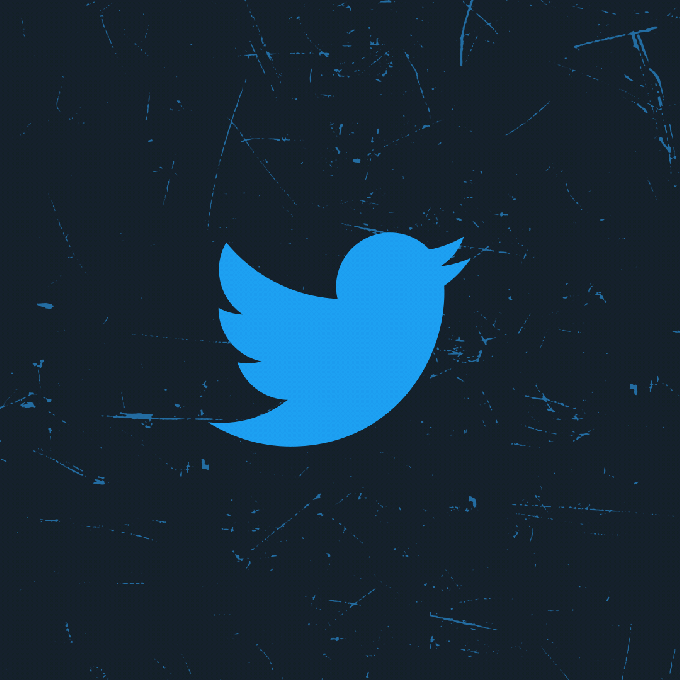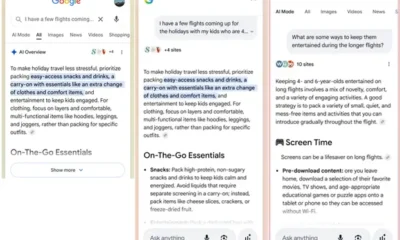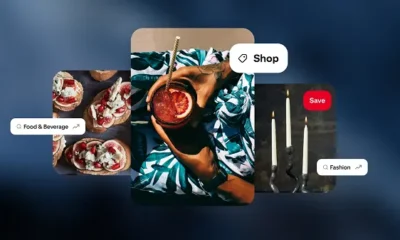NEWS
Twitter wants you to tweet to interest-based communities, not just followers

Twitter is a useful place for following breaking news and keeping up with what the people you’re already interested in are doing, but its relative dearth of discovery features and a lack of organized community spaces make it pretty hard to connect with anyone you aren’t actively seeking out.
The company is thinking about changing that. Twitter is on a tear with new features lately and its latest experiment, called Communities, is designed to make it easier to connect around shared interests. Users will be able to join these new social hubs and tweet directly to other people with shared interests rather than their regular group of followers. Those tweets will still be public, but replies will be limited to other community members.
Communities will be user generated, though Twitter says that will be “limited,” for now, so most people will have to wait a few months before starting their own groups. The earliest Communities will center around popular and generally benign topics on Twitter including “dogs, weather, sneakers, skincare, and astrology.” Twitter’s example images also include cryptocurrency, plants and Black women photographers.

The test begins Wednesday and will show up in a dedicated spot at the bottom of the iOS app or in the side menu on Twitter.com. Twitter says that Android users will be able to read Community tweets too, though “more functionality” is on the way soon — presumably a dedicated app tab and the ability to join and participate in the new groups.
Communities will be created and maintained by designated moderators, who will have the ability to invite other users to the group via DM and remove content posted within the group. Initially invites will be the only way into a Community, but it sounds like Twitter has some grand plans for discovery features that make it easier for people to find places they might want to hang out.
“Some conversations aren’t for everyone, just the people who want to talk about the thing you want to talk about,” Twitter Staff Product Manager David Regan wrote in a blog post announcing the feature. ” … We want to continue to support public conversation and help people find Communities that match their interests, while also creating a more intimate space for conversation.”

With any user-driven community space on social media — particularly one where algorithmic discovery factors in — moderation is the big concern. Twitter says that anyone will be able to read, report and quote content posted in a Community, so you don’t have to be a member of a community to flag harmful content like you would in a private Facebook group. Twitter says that it is working on “new reporting flows, and bespoke enforcement actions” to proactively identify problem Communities.
The introduction of Communities pairs well with Twitter’s recent efforts to court creator communities. The company rolled out Super Follows, its paid subscription tool, earlier this month and also recently invited some users to sell tickets for audio rooms with Ticketed Spaces. It’s also testing one-time payments with a feature called Tip Jar that’s currently only available for a subset of accounts.
Communities are a pretty big departure for Twitter, which is obviously in the throes of reimagining the platform as a more dynamic place for community building. By carving out substantial space for subcommunities on Twitter, the company seems to be inching in the direction of a platform like Discord or Reddit, where everything revolves around self-moderating interest-based communities. Those platforms grapple with their own moderation headaches, but specific, interest-driven communities invite users to go deep in a way that makes interactions on Twitter look shallow by comparison.
The introduction of Communities is an interesting direction for a prominent social network that’s remained largely unchanged for more than a decade at this point. If the test sticks, Communities could build connective tissue between users and make the social network generally a more dynamic place to hang out — but that’s only possible if Twitter can strike the right balance between encouraging its newly imagined subcommunities to grow and keeping them safe.


















